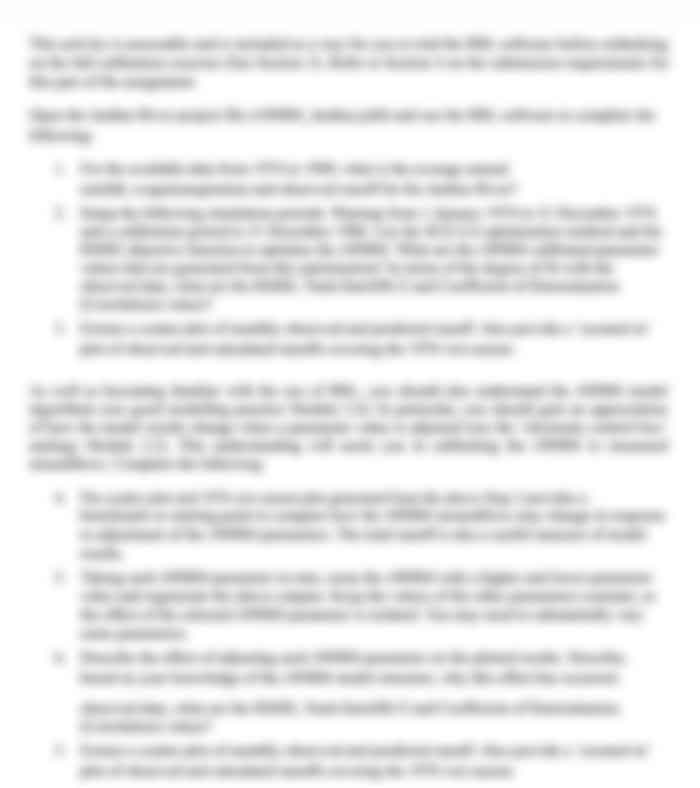Assignment of Facebook Model Hypothesis Creation
To create a hypothesis for a Facebook model, the approach depends on the type of model you're considering, such as a predictive model, an ad optimization model, or a user behavior analysis model. Here's a general outline you can follow:
1. Define the Problem Statement
Objective: Clearly state what you aim to achieve with the Facebook model. For instance, you might want to predict user engagement, optimize ad placements, or analyze the impact of content types on user behavior.
Example: "The objective is to predict the likelihood of users engaging with posts based on their content type and timing."
2. Research Background
Context: Provide a brief overview of existing studies or models related to Facebook or social media analytics. This background information will help justify the need for your hypothesis.
Example: "Previous studies indicate that user engagement on social media platforms is influenced by various factors such as post timing, content type, and user demographics."
3. Formulate the Hypothesis
Hypothesis Statement: Create a testable statement that predicts the outcome based on certain variables. It should be specific and measurable.
Example: "If posts are published between 6 PM and 9 PM, then the engagement rate will increase by 20% compared to posts published at other times of the day."
4. Identify Variables
Independent Variables: The factors you will manipulate or observe (e.g., post timing, content type).
Dependent Variables: The outcomes you will measure (e.g., engagement rate, number of likes, shares).
Example:
Independent Variable: Post timing (e.g., 6 PM - 9 PM).
Dependent Variable: Engagement rate (likes, comments, shares).
5. Justification of the Hypothesis
Rationale: Explain why you believe the hypothesis will hold true, based on prior research or logical reasoning.
Example: "Research shows that users are more active on social media during the evening, suggesting higher engagement rates for posts made during this time."
6. Propose the Model and Methodology
Model: Describe the type of model you will use to test the hypothesis, such as a regression model, machine learning algorithm, or statistical analysis.
Methodology: Outline the steps you will take to collect data, analyze it, and test the hypothesis.
Example: "A logistic regression model will be used to analyze the relationship between post timing and engagement rates, using data collected from Facebook's insights tool over a 30-day period."
7. Expected Outcomes
Predictions: State what you expect to find if the hypothesis is correct.
Example: "It is expected that posts made between 6 PM and 9 PM will show significantly higher engagement rates compared to posts made at other times."
8. Implications and Applications
Impact: Discuss the potential impact of the findings on Facebook strategies, content creation, or advertising.
Example: "If the hypothesis is confirmed, businesses can optimize their posting schedules to maximize engagement, thereby improving the effectiveness of their social media strategies."
9. Conclusion
Summary: Briefly summarize the hypothesis and its significance.
Example: "This hypothesis seeks to determine the optimal posting time on Facebook to enhance user engagement, which can be crucial for content creators and marketers aiming to reach their audience more effectively."
This structure will guide you in creating a well-rounded hypothesis for your Facebook model assignment.
Are you struggling to keep up with the demands of your academic journey? Don't worry, we've got your back!
Exam Question Bank is your trusted partner in achieving academic excellence for all kind of technical and non-technical subjects. Our comprehensive range of academic services is designed to cater to students at every level. Whether you're a high school student, a college undergraduate, or pursuing advanced studies, we have the expertise and resources to support you.
To connect with expert and ask your query click here Exam Question Bank

